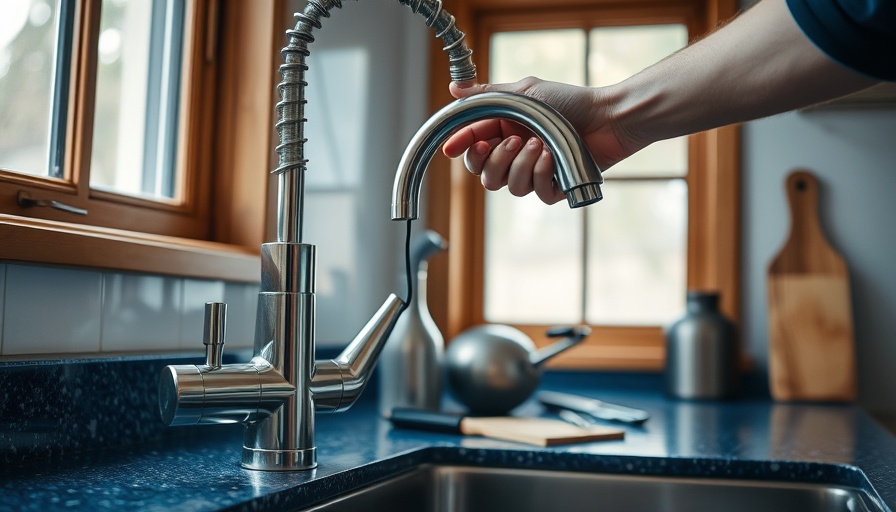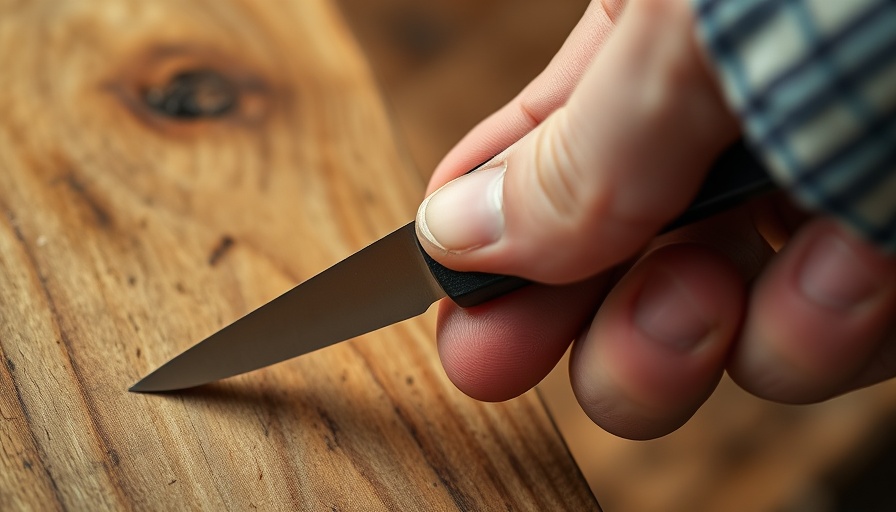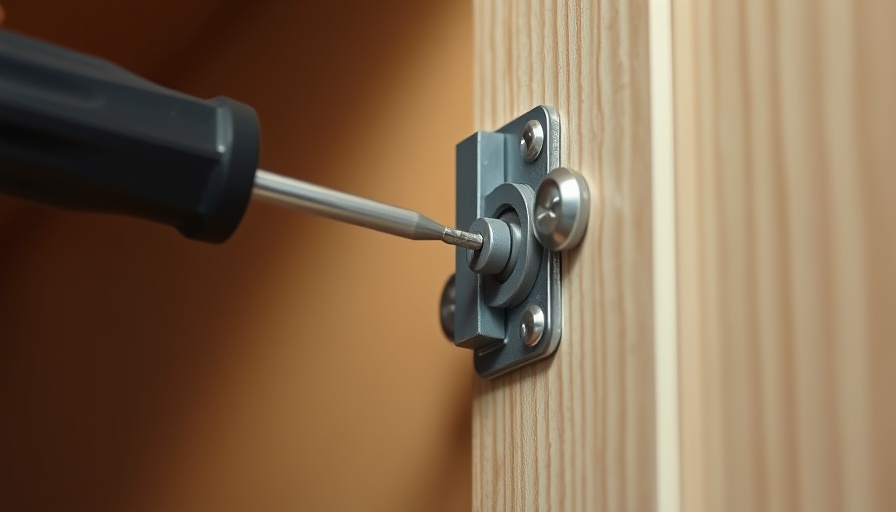
Why You Should Stop That Drip Right Now!
Have you ever tried to concentrate while a single-drip sound ekes into your awareness? That persistent kitchen faucet drip might seem minor, but it’s more than a mere annoyance. Did you know that a leaky faucet can waste over 3,000 gallons of water annually? That could contribute to a price hike on your water bill and create bigger issues in your plumbing down the line. Tackling a dripping faucet not only conserves water but also supports your home’s longevity.
Understanding the Mechanism Behind Faucet Drips
Before diving into repairs, let’s understand the mechanics. Most faucets have parts including O-rings, washers, and cartridges, all responsible for controlling water flow. Over time, these parts wear out due to usage, minerals in the water, or simply aging. When a component isn’t functioning properly, leaks often result, leading to that maddening drip.
A Step-by-Step Guide to Curing Your Faucet
Now that we have context, it's time to get hands-on! Fixing a leaky faucet can save you money, and it’s a satisfying project you can complete in less than an hour. Here’s a guide to help you fix that drip:
- Tools Needed: Gather an adjustable wrench, Allen wrenches, flathead and Phillips screwdrivers, needle-nose pliers, and a plumber socket set.
- Materials Needed: You'll need clean rags, a replacement cartridge, and possibly vinegar for cleaning.
Step 1: Turn Off the Water
Safety first! Locate the shut-off valves under your sink or turn off your main water supply. This is crucial to avoid a mini indoor water park situation while you work!
Step 2: Remove Caps and Covers
Cover your drain to prevent losing small parts. Most faucets will have a cap that hides the screw for the faucet handle. If you're uncertain, it's always best to consult the manufacturer’s guide.
Step 3: Remove the Handle
With the right tool, carefully loosen the screw and remove the handle. If it's stuck, gentle twists with a flathead screwdriver can help.
Preventing Future Faucet Drips
After successfully fixing your faucet, take steps to prevent future drips. Regular maintenance is key. Simple actions like cleaning parts with vinegar to tackle mineral buildup could extend the life of your faucet. Additionally, consider replacing any worn-out washers or O-rings preemptively to avoid leaks before they start.
Common Misconceptions about Faucet Repairs
Many homeowners shy away from do-it-yourself (DIY) plumbing fixes, fearing that they lack the skills. But it isn’t rocket science! Many common household repairs are straightforward and can be tackled with some basic tools and a bit of determination. Seeking professional help for every little issue can end up costing you time and money in the long run. The sense of accomplishment when completing a task can also spark a willingness to tackle more home repair projects.
When to Call a Professional
While many leaks can be handled at home, some situations might warrant professional intervention. If the problem persists after a repair, or if you suspect larger plumbing issues, don't hesitate to contact a plumber. They can provide a comprehensive evaluation and ensure everything is in working condition.
Final Thoughts
Fixing a leaky faucet not only empowers homeowners but also contributes to water conservation and lower utility bills. So next time you hear that annoying drip, remember that fixing it is totally within your reach. Embrace your DIY spirit!
If you found these tips helpful, why not sign up for our newsletter? Gain more insights and tips on household improvement projects to enhance your home vibe.
 Add Row
Add Row  Add
Add 






Write A Comment